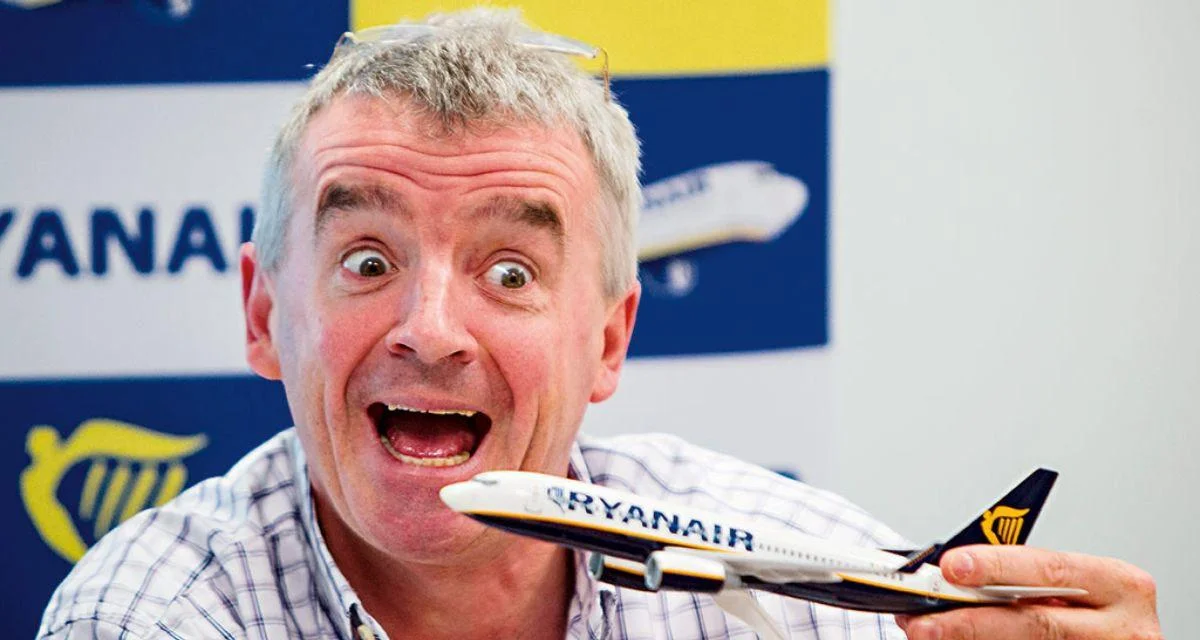The airline has invested heavily in the Boeing 737 MAX series. After placing an order for up to 200 MAX 8-200 aircraft in 2014—a deal valued at more than $22 billion—Ryanair received its first deliveries in 2021 after certification delays. The MAX 8-200 variant increases seating from around 178 to nearly 200 per aircraft and reduces fuel consumption by about 16% per seat compared to earlier models.
Ryanair currently operates approximately 182 MAX 8-200s and expects delivery of another 27 aircraft. The company was also the launch customer for this high-capacity version of the MAX family.
In May 2023, Ryanair expanded its future fleet plan by ordering up to 300 Boeing 737 MAX 10 aircraft (150 firm orders plus options). Deliveries are scheduled from early 2027 through to at least the early next decade. The MAX 10 offers further gains: it can seat up to 228 passengers—21% more than the current NG—and burns about one-fifth less fuel while producing less noise.
“These efficiencies are expected to widen the airline’s unit cost advantage over European rivals, particularly as fuel prices and environmental pressures continue to form network decisions across the continent,” according to statements from Ryanair.
However, supply chain issues have delayed some deliveries. Following a safety incident involving an Alaska Airlines Boeing 737 MAX in early 2024, U.S. regulators capped production rates on new Boeing jets, impacting airlines like Ryanair awaiting new planes.
“We’re growing faster than we originally thought we would at this time because we’re not retiring older aircraft,” said O’Leary during a previous earnings call when discussing short-term adjustments caused by these delays. In response, Ryanair invested $200 million retrofitting its -800s with split scimitar winglets for improved efficiency until replacements arrive.
Despite these setbacks, Ryanair remains committed to modernizing its fleet as planned. Certification for the MAX 10 is anticipated by late 2025, with deliveries beginning soon after. “The airline has remained confident in the aircraft’s long-term value,” according to company statements regarding their ongoing investment in new models aligned with operational needs and growth targets into the next decade.
Boeing’s various generations of the 737 have been central throughout Ryanair’s history since it introduced them into service in 1992. Now, facing rising operating costs for aging jets alongside industry-wide pressure for greener operations, Ryanair sees modern types like the MAX series as essential for continued expansion toward goals such as increasing annual passenger traffic significantly by 2034.
Even though delivery delays have forced temporary extensions on older planes' lifespans within its all-Boeing mainline fleet (excluding subsidiary Lauda Europe), Ryanair is maintaining course on phasing out legacy NG models once replacements become available.
 Alerts Sign-up
Alerts Sign-up





































